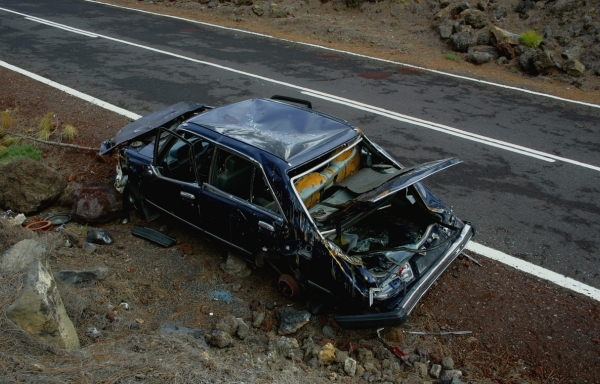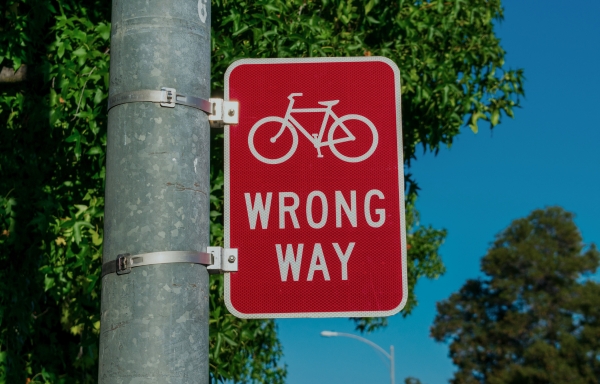Special Needs Child Transport Case Study

Case Summary: A seven-year-old boy, with special needs, was injured by a hard braking event in a van that was transporting him home from a school district program. The school district had contracted with a private transportation provider to bring this student to and from the daily program. Since they were only transporting one student, the provider utilized a van, and the young student was required to be secured in the vehicle using a standard child passenger seat.
The incident occurred when the driver needed to stop the van quickly and applied the brakes hard, which resulted in the student and the child passenger seat falling forward. The student sustained a head injury from impacting a fire extinguisher mounted in the front of the van.
Expert Analysis: The child passenger seat, when used properly, should have been capable of providing protection for the hard braking event. The vehicle was a standard van with seats that were equipped with lap and shoulder seatbelts capable of securing the child passenger seat, as well as an anchor for the top tether strap.
An interior camera recorded footage before and during the incident. The video shows a school district employee escorting the student to the van, assisting him into the child passenger seat, and fastening the harness. During this time, the van operator remained in the driver’s seat and made no attempt to assist in securing the student, nor did he confirm that the student was properly secured before departing from the school’s parking lot.
The student rode in the child passenger seat until the hard braking event, at which point the child passenger seat tipped forward and fell off the van seat. With the child passenger seat tipped forward, a clear view was provided of the van seat and revealed that the seatbelt, which should have been securing the child passenger seat, was fully stowed. In other words, the student had been harnessed in a child passenger seat which was not secured to the vehicle in any way.
The school district and the transportation provider each claimed the other party was 100% responsible for the securement of the student in the vehicle. The school district employee who assisted the student into the van and fastened the harness had not checked that the child seat was attached to the vehicle. This person was in the best position to identify the child seat was not properly installed. However, as is the case in most states, the driver of the vehicle is responsible for making sure anyone under 18 years old is properly restrained in the vehicle. The state’s school bus driver manual indicates the driver is responsible for the securement of students who are required to use child passenger seats.
Result: Once it was shown that both the van operator and the school district employee have responsibility for the proper securement of the student and the child passenger seat, both parties settled with the plaintiff.
John R. Yannaccone, P.E.
Principal Mechanical Engineer
View all articles by John R. Yannaccone, P.E.

